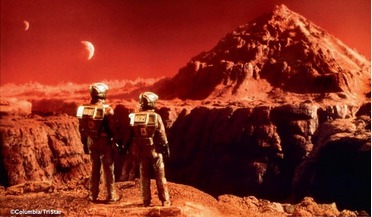 December 2014
Terraforming Mars: from CFCs to Total Recall
December 2014
Terraforming Mars: from CFCs to Total Recall
... are points of neutral gravitational stability. L1 is located between the planet and the Sun.) Mars also lacks plate tectonics and volcanism. On Earth, these processes recycle CO2 back into the atmosphere after it is lost through silicate...
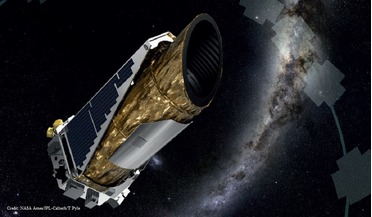 October 2015
Finding Earth-like worlds: the tale of how Kepler-452b was discovered
October 2015
Finding Earth-like worlds: the tale of how Kepler-452b was discovered
... Earth twin. Even if it were 1.0 Earth radii, we wouldn’t know whether it has or had an ocean and continents with plate tectonics, or has simple or complex life. So we really can’t tell whether this or, indeed, any other exoplanet discovered to date...
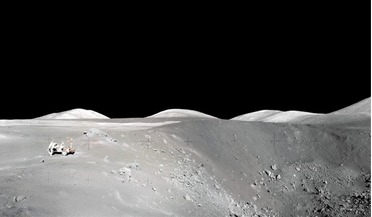 January 2020
Old rocks, new tricks - a lunar link to modern volcanology
January 2020
Old rocks, new tricks - a lunar link to modern volcanology
..., the Moon has been sitting in a deep-freeze for billions of years. Unlike Earth, the Moon has no plate tectonics or significant atmosphere to reshape its mantle, crust or surface. Other than impacting processes that range from ‘gardening...
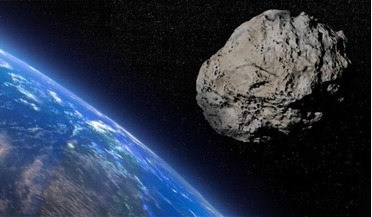 18 January 2019
Asteroid impacts on the increase since the age of the dinosaurs
18 January 2019
Asteroid impacts on the increase since the age of the dinosaurs
... what might have occurred on Earth, as it is likely that when one is hit, so was the other. And without plate tectonics and human activity to destroy the evidence of the impact, the Moon’s surface would be an almost perfect preservation...
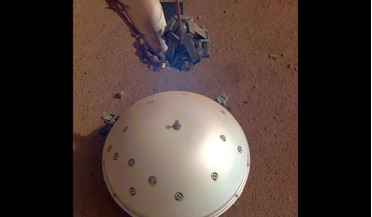 24 April 2019
InSight detects first marsquake
24 April 2019
InSight detects first marsquake
... to detect. Mars is a lot quieter than Earth - by far. Our dynamic world with its crashing waves and plate tectonics makes for a very loud planet when it comes to determining what is going on inside. Scientists have already though...
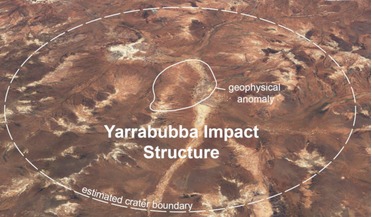 22 January 2020
2.2 billion year old impact crater is confirmed as Earth's oldest
22 January 2020
2.2 billion year old impact crater is confirmed as Earth's oldest
... now. Finding evidence of these ancient collisions is difficult. Earth is very active and it’s land is constantly resurfaced through plate tectonics and volcanoes, amongst other things. Craters older that Yarrabubba most likely exist and indeed rocks...